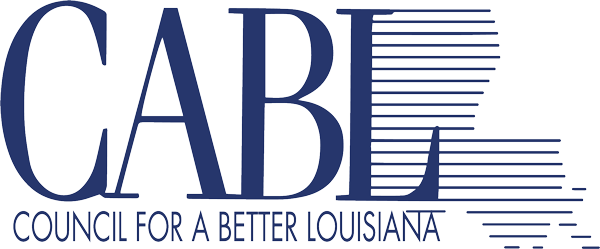
New governors have inherited big budget messes before, but you have to go back awhile to remember one as daunting as the one currently facing John Bel Edwards and the new Legislature.
Just to cut to the chase, the word coming out now is that the shortfall in the current fiscal year’s budget, which ends June 30, is about $750 million. The shortfall for next year is about $1.9 billion. By any measure, given all the cuts and fiscal maneuvers we’ve already been through, that’s a big problem.
In some ways, the immediate problem of the $750 million shortfall in the current year is the more vexing and the window to deal with it is rapidly closing. The calendar tells much of the story. Governor-elect Edwards takes office next week. He has said he will call a special session in mid-February to address that major shortfall. The session will likely last two to three weeks, based on what’s currently being said.
Realistically, that means that whatever solution the Legislature and the new administration come up with won’t be finalized until the very end of that session. In the best-case scenario, that probably means the beginning of March. By that time, two-thirds of the fiscal year will be over. Agencies will have likely spent somewhere around two-thirds of their money. Cuts of that magnitude over the four months that are left of the budget year are virtually impossible to make without crippling higher education, health care and much of the rest of state government.
So what do you do? Well, that’s the $750 million question. Whatever it is, don’t expect it to be pretty. Using the crystal ball too much is probably somewhat hazardous, but we can also look to things that have been done in the past. Certainly, there will be some cuts. How deep they would go is unclear at best. Perhaps some funds that are currently dedicated could be tapped into for some of those cuts. Perhaps some of the tax credits or exemptions everyone has been talking about can be reversed to free up some additional revenues. Perhaps some expenses and even tax refunds could be delayed and pushed into the next fiscal year – not really good options. And perhaps we could see major furloughs of state employees.
But it’s hard to think that all of those things would happen or what could be pieced out of those options that would yield another $750 million. One almost has to think some new revenues would have to be generated from somewhere else, but that’s problematic, too. For one thing, it would seem because of the state’s current cash situation that the governor and Legislature would have to find something that generates money quickly.
That gets one thinking about things like sales taxes or so-called “sin taxes.” But those aren’t particularly great solutions either if you’re thinking about permanent fixes. The point is that whatever they come up with will likely be ugly and hopefully temporary.
Louisiana has to get its fiscal house in order. There’s no question about that. But the short-term options to fill the state’s revenue gap are extremely limited. Of course, we’ll have to wait to see what’s proposed, but it’s CABL’s hope that all of this will really be a two-step process. In step one, we come in and address the most immediate problems and stem the bleeding – however piecemeal that may be.
But in step two, we need to come back and revisit our tax structure with real fiscal reforms that may require additional revenues that are fair, keep Louisiana competitive with other states and position us for the future. That’s not an impossible task.
As far back as 1985, CABL was working with economists and tax experts to develop a framework for fiscal reform that did many of those things. Some of those reforms were enacted and those that became law did, in fact, improve our tax code. But they didn’t fix everything. Still, those same principles of reform from 30 years ago continue to drive new efforts that update that framework. They are evident in the recent work of Dr. Jim Richardson of LSU, who was one of the architects of that original framework, as well as strong ideas from PAR and the Committee of 100.
CABL is pleased to continue to partner with those groups and others to help advocate for permanent changes that will get Louisiana back on course. For seven years now, we have had to navigate the slippery slope of temporary fixes, use of one-time dollars, hikes in tuition and cuts to things we value that are crucial to the future of our state.
We need to stop that. It won’t happen in next month’s special session, but it can begin to happen sooner rather than later if we muster the political will to do what’s right for our state. We can’t afford to wait much longer.
